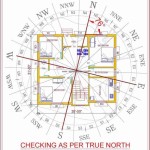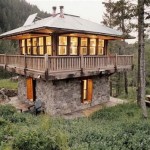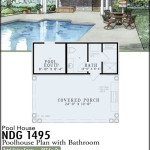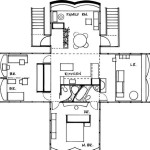How to Make a Bat House: Free Plans
Bat houses are excellent additions to any backyard, providing shelter and breeding grounds for bats while also offering natural pest control. These nocturnal creatures are effective at consuming insects, including mosquitoes, moths, and beetles, making them valuable allies in controlling insect populations. Building your own bat house is a rewarding project, and with some free plans readily available, it's an affordable way to contribute to bat conservation.
Choosing the Right Bat House Plan
Before embarking on your bat house construction, it's important to choose a plan that suits your needs and local bat species. The internet offers a wealth of free plans, many provided by organizations dedicated to bat conservation. Consider factors like the size of your yard, the species of bats you wish to attract, and the materials you have available. Some popular online resources include:
- The National Wildlife Federation: Offers a variety of free bat house plans designed for specific bat species and regions.
- Bat Conservation International: Provides detailed plans and information on bat house construction, including guidelines for optimal placement.
- The U.S. Fish and Wildlife Service: Offers helpful resources and guidance on attracting bats to your property.
When choosing a plan, ensure it follows basic bat house design principles:
- Multiple entry and exit points: Bats prefer to enter and exit their roosts in different directions. Multiple openings at various heights ensure better airflow within the house.
- Rough interior: Bats are attracted to textured surfaces, which help them cling and roost. Avoid smooth, polished wood that could be difficult for them to grip.
- Proper ventilation: Adequate ventilation is essential for maintaining healthy living conditions within the bat house. Include ventilation slots or gaps to allow for air circulation.
Building the Bat House
Once you've selected a plan, gather the necessary materials. Most bat houses require:
- Wood: Use untreated, weather-resistant wood, such as cedar, cypress, or redwood. Avoid pressure-treated lumber as it can be toxic to bats.
- Screws: Use corrosion-resistant screws to secure the wood components.
- Paint or stain: Optional, but applying a coat of exterior paint or stain can help protect the wood from the elements and enhance its longevity.
- Tools: Basic carpentry tools, such as a saw, drill, screwdriver, and measuring tape.
Follow the instructions of your chosen plan meticulously. Pay attention to the dimensions, placement of openings, and proper ventilation. Ensure all seams are tightly sealed to prevent drafts and moisture penetration. Avoid using glue, as it can prevent bats from roosting comfortably in the house.
Placing and Maintaining the Bat House
Once your bat house is built, it's time to find the perfect location. Choose a spot that meets the following criteria:
- South-facing: Ensure the bat house receives direct sunlight during the day to help maintain optimal interior temperatures.
- Height: Mount the bat house at least 15 feet above the ground to protect it from predators and provide easier access for bats.
- Shelter: Mount the bat house near a tree or structure that offers shelter from strong winds and rain.
- Away from disturbances: Position the bat house in a quiet area, away from excessive noise or human activity.
After installation, avoid disturbing the house, especially during the breeding season. To ensure the bat house remains in good condition, inspect it regularly for damage or deterioration. Replace or repair any faulty components as needed to provide the best possible habitat for bats.
Benefits of Bat Houses
Building a bat house offers numerous advantages, including:
- Natural pest control: Bats are highly effective at controlling insect populations, reducing the need for chemical pesticides.
- Biodiversity: Bat houses create valuable habitat for bats, contributing to the diversity of your local ecosystem.
- Conservation: Many bat species are facing decline, and bat houses provide much-needed safe havens for these essential creatures.
- Aesthetic appeal: Bat houses can add a unique and charming element to your backyard.
By following these steps and using free plans, you can create a welcoming and functional bat house that supports these beneficial creatures while enhancing your backyard's ecological value.

20 Diy Bat House Plans Insteading

Bat Houses

Bat Houses Mass Gov

Bat House Plans Florida Bright Idea 17 Diy Free Bluebird

How To Build A Bat House Lee Valley Tools

20 Diy Bat House Plans Insteading

How To Build A Bat Box The Wildlife Trusts

Bathouse

37 Free Diy Bat House Plans That Will Attract The Natural Pest Control And Save Their Lives

Bat House Plans Bird Kits








